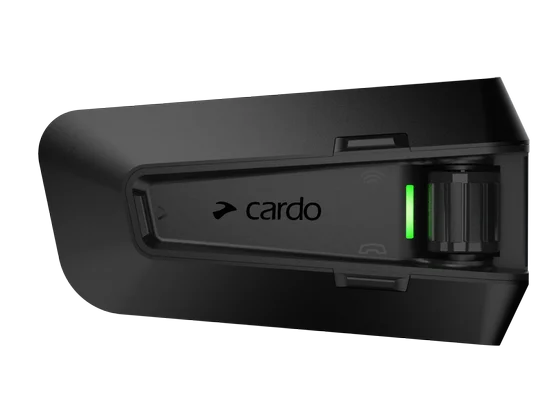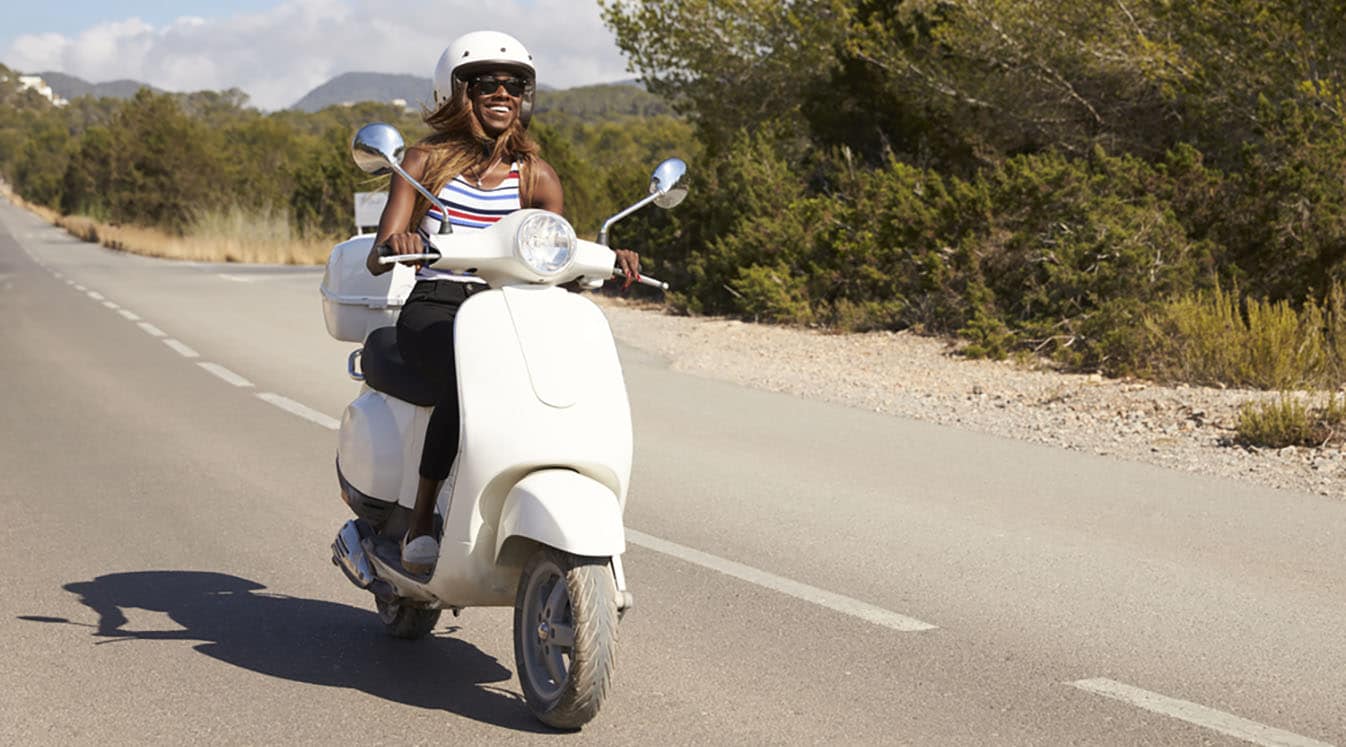Benefits of a Motorcycle Safety Course
Why take a motorcycle safety course? These are some of the most important benefits that a motorcycle safety course can provide:
- -A motorcycle safety course is the fastest, easiest and safest way for new riders to learn the basics of riding.
- -Depending on your state’s motorcycle license laws, you may be required to pass a motorcycle safety course to get your motorcycle license or endorsement.
- -A motorcycle safety course will prevent you from developing bad riding habits by teaching you the right way from the beginning.
- -Some motorcycle insurance companies may offer a discount to riders who have taken an approved rider safety course.
If you’re excited about learning to ride but not sure where to start, a safety course is exactly what you’re looking for. Next, let’s talk about how one of these courses works.
What You’ll Learn in a Motorcycle Safety Course
Most motorcycle safety courses are taught on weekends over a period of 15-20 hours, although it’s usually possible to find them on weekdays as well. You may be expected to review instructional materials or take an electronic course before you arrive on the first day.
Your safety course will be taught by one or more expert riders who have been trained in safe instructional techniques. Your instructors will teach you important topics such as:
- -Basic control operations
- -Braking and speed control
- -Shifting gears
- -Turning and U-turns
- -Basic traffic safety
You’ll have plenty of time to practice these skills on an actual motorcycle with detailed feedback from the instructor. At the end of the course, you’ll take a practical exam that will test your skills in these key areas.
Finding and Signing Up for a Motorcycle Safety Course
In the U.S., the Motorcycle Safety Foundation’s (MSF) Basic RiderCourse is the most well-known and most common safety course. You’ll find the BRC offered nearly everywhere, sometimes by government agencies and sometimes by private motorcycle riding schools.
Motorcycle dealerships and manufacturers may also offer their own rider safety courses. Harley-Davidson’s H-D Riding Academy is a great example that’s become a popular introduction to the hobby for new riders. Contact some dealerships in your area and ask them about instructional courses. If they don’t offer them in-house, they’ll probably know somewhere that you can take one.
Stay Connected with a Motorcycle Bluetooth Headset

Source: Aleksandar Malivuk/Shutterstock
What to Bring to Your Motorcycle Safety Course
Most safety courses provide learner motorcycles for course participants to use. If you do have your own motorcycle, find out from the course organizer whether or not you can bring it. (Upper level courses do often require riders to have their own motorcycles.)
You should be dressed comfortably and appropriately for riding a motorcycle. Wear long pants, footwear that covers your ankles and a jacket or long sleeve shirt. It’s better if you can wear proper motorcycle riding gear, such as a pair of motorcycle boots and a jacket with armor. But, at the very least, check to ensure that you’re not violating any dress code rules.
Some safety courses may provide gloves and a helmet. However, it’s always a good idea to have your own helmet and gloves, especially because you’ll need them once you start riding independently. Note that most riding courses require a three-quarter helmet, modular helmet or full face helmet.
What to Do After You’ve Completed a Motorcycle Safety Course
Once you’ve finished your safety course, the next step is usually to take a motorcycle license test from your local DMV. Depending on state law, the DMV may waive the road skills portion of the motorcycle test if you submit signed proof that you’ve taken and passed a motorcycle safety course.
After getting your license or endorsement, you’ll begin developing your skills in the real world of riding. This can be an intimidating experience, so try to connect with some friends who ride, or join a beginner-friendly riding group. We recommend picking up some motorcycle Bluetooth headsets so your riding buddies can give you feedback as you go.
Finally, once you’ve completed your basic course, the MSF also offers a wide variety of advanced courses that will help you progress further in your riding journey. The Street RiderCourse is an instructor-led street ride that helps teach traffic management and real-world skills, while the Advanced RiderCourse is perfect for more confident riders who want to improve their skills.
Sounds Amazing: All About Our Motorcycle Helmet Speakers

As a group of passionate motorcycle riders, Cardo Systems knows that safety and fun go hand in hand when you’re on two wheels. That’s why we offer cutting edge gear like JBL motorcycle helmet speakers for immersive sound on the road and Bluetooth motorcycle helmet communicators to keep you in touch with your support network. Check out our full lineup of motorcycle communication systems to see more options.









